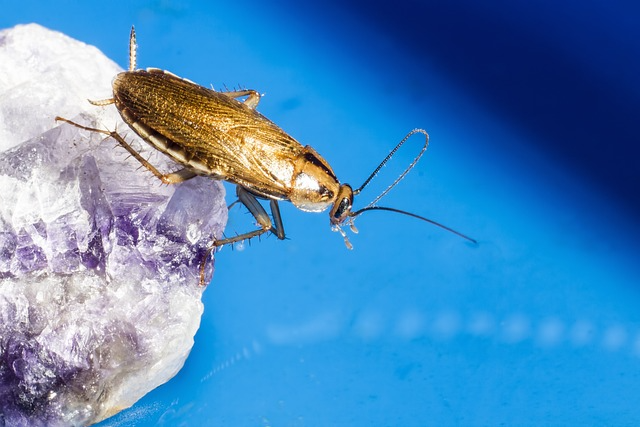Knowing you have German cockroaches in your home can make you feel like you need to act quickly. But it can be hard to find your way through the sea of control methods. To pick the right method, you need to carefully examine the infestation, taking into account things like how bad it is, how it affects the environment, and how well it works in the long run. To help you make an informed choice, here is a list:
Finding the Level of the Infestation: Figuring out the level of the infestation is the first thing that needs to be done to find the best way to get rid of the problem. If you catch the problem early, methods that are more limited and less invasive may be enough. For bigger infestations, you might need a more thorough and planned method.
Chemical Treatments: Chemical treatments like poisons and sprays are a quick and easy way to get rid of German cockroaches. However, they might have some problems, such as harming the environment, being harmful to pets, and roach populations becoming resistant. If you choose chemical treatments, make sure you use formulas that are less harmful and strictly follow safety rules.
Integrated Pest Management (IPM): IPM is a broad technique that uses a number of different methods to get rid of pests permanently while having the least possible effect on the environment. It uses biological, mechanical, and cultural means, with a focus on prevention and long-term use. IPM is especially good for long-term control and lowering the need for chemical solutions.
Baiting Systems: Cockroach baits are a specific way to get rid of large numbers of German cockroaches. These baits have pesticides and attractants in them that, when eaten, are taken back to the nest and kill the whole colony. Spraying a lot of places at once is more invasive, but this way may be better for the environment.
When you get rid of German cockroaches in an eco-friendly way, you can bring in natural predators like certain kinds of wasps or beetles. But this method needs to be carefully thought out in terms of how it might affect local environments and might not work for getting rid of pests inside.
Natural Diatomaceous Earth: You can sprinkle natural diatomaceous earth in places where German cockroaches like to hang out. It works as a desiccant, which dries out the roaches’ shells and kills them. This method is safe to use indoors and isn’t harmful, but it needs to be reapplied after getting wet.
Essential Oils: Peppermint, eucalyptus, and tea tree oil are some essential oils that are known to keep pests away. Cockroaches might be scared away by making a mix with these oils and putting it in places where they are found. Even though it’s not as strong as chemical insecticides, this way is safer for you and the environment.
Professional Extermination: Hiring a professional exterminator may be the best thing to do for serious infestations or situations where home remedies don’t work. Professionals in pest control can look at the situation, figure out the best way to treat it, and offer ongoing monitoring and help on how to keep pests away.
Preventive Measures: Taking preventative steps is important for long-term success, no matter what control strategy is picked. To stop future outbreaks, seal off entry points, get rid of food and water sources, and keep the living space clean.
Think About the Effects on the Environment: When picking a control plan, think about how the methods will affect the environment. Choose methods that hurt non-target species, ecosystems, and the environment as a whole as little as possible.
A customized and well-thought-out plan is necessary to solve the German cockroach problem. For effective and responsible pest control, look at the situation, weigh the pros and cons of each way, and think about how long the plan will last.
